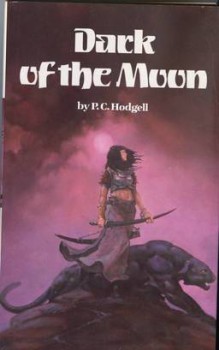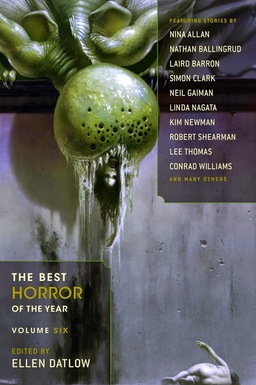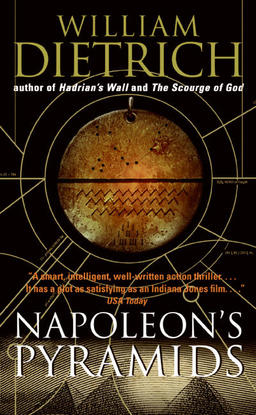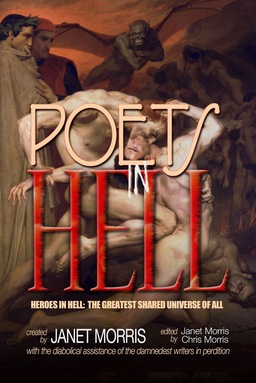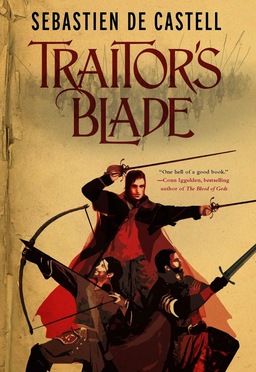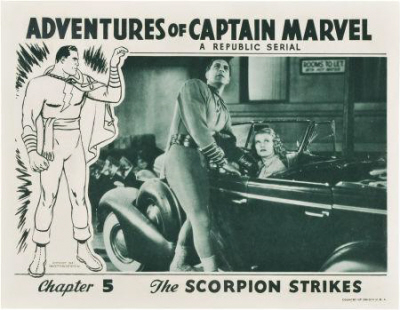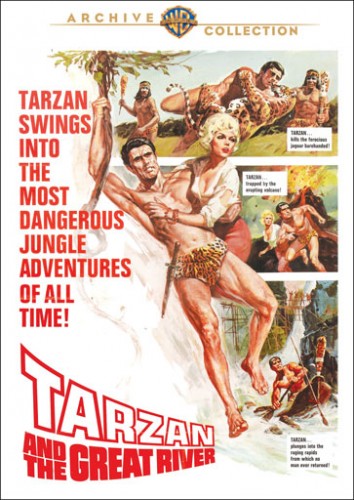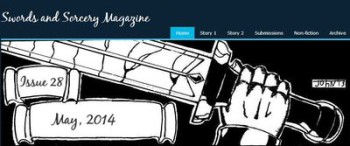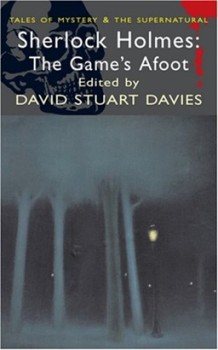Dodging Molten Rock and High Voltage: The Adventures of Captain Marvel, Chapter Six: Lens of Death
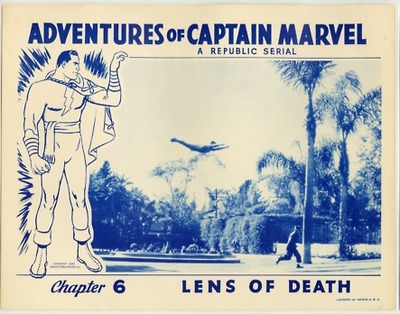 Congratulations on squeezing a dime out of your notoriously stingy dad, and successfully ditching your twerpy kid brother on the way to the show. You’ve proven your worthiness and can now lean back and enjoy today’s chapter of The Adventures of Captain Marvel, “Lens of Death.” (You can’t put your feet up, not just because you’d get in trouble with the ushers, but because the floor is so sticky you’d leave your shoes behind if you tried.)
Congratulations on squeezing a dime out of your notoriously stingy dad, and successfully ditching your twerpy kid brother on the way to the show. You’ve proven your worthiness and can now lean back and enjoy today’s chapter of The Adventures of Captain Marvel, “Lens of Death.” (You can’t put your feet up, not just because you’d get in trouble with the ushers, but because the floor is so sticky you’d leave your shoes behind if you tried.)
By this point, mid-way through the serial, the filmmakers know that attention spans are waning, so we’re down to a mere two title cards to catch up those who dozed through last week’s episode (which we covered here). “The Scorpion – Forces Owens to lead Billy Batson into the Harrison mine tunnel.” “Captain Marvel – Unmasks the Scorpion and finds a loud speaker concealed in a dummy.” Now say the magic name and gain the fabulous power of forgetting all the chores that are waiting for you at home!
A flashback to last week’s searing cliffhanger shows an increasingly agitated Captain Marvel trying to find a way out of the Harrison mine as the Scorpion and his stooges turn the power of the lenses on the entrance, melting the rock and sending a river of steaming lava gushing through the tunnels. Trapped, the World’s Mightiest Mortal backs against a wall, a look of dismay on his face. (Our hero certainly can’t be frightened – he just knows that it’ll be a big pain getting that tight-fisted old Shazam to pop for the bill if this costume needs to be dry-cleaned.)
